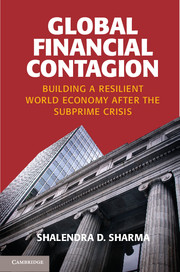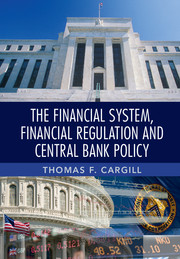Reforming the World Bank
In the many studies of the World Bank a critical issue has been missed. While writers have looked at the Bank’s political economy, lending, conditions, advice, ownership and accounting for issues such as the environment, this study looks at the Bank as an organization – whether it is set up to do the job it is supposed to do and, if not, what should be done about it. The book is about the problems of organization and reorganization as much as it is about the problems of assisting third-world development, and it is a case study in flawed organizational reform as much as a critique of the way development assistance is managed. It covers the period that starts at the time of the first major reorganization, in 1987 under President Barber Conable, and ends at the time of the resignation of Paul Wolfowitz, in 2007, but it focuses especially on what happened during the tenure of James Wolfensohn.
- The first serious critical look at the World Bank's actual organization over the last two decades
- Reviews the Paul Wolfowitz resignation and its determinants
- Shows why the US must reform its approach to world institutions if it wishes to retain influence over them
Reviews & endorsements
“A wonderfully frank, clearheaded, well-researched opus and a great read for organization geeks, foreign aid friends and critics, and World Bank insiders. Bound to annoy and provoke, and maybe to inspire.” – Nancy Birdsall, Center for Global Development, Washington, DC
“Reorganizations at the World Bank might seem like a narcoleptic subject. But David Phillips brings alive the tortuous history of the Bank and makes us realize that it matters for one oft-overlooked constituency – the world’s poor.” – William Easterly, New York University
“Why is it that every newly appointed President of the World Bank feels the urge to launch a massive re-organization knowing that all previous attempts to do so ended up creating more problems than those they solved? David Phillips’ book offers a fascinating overview of the forces that drive the organizational learning disability that for decades has weakened this important institution.” – Moisés Naím, Foreign Policy Magazine
"Phillip's conclusion that 20 years of reform failed may discourage students of development but intrigue the book's primary audience, management theorists. Appreciative of the complexity of the task, the author outlines governance reform to improve development assistance.... Highly recommended." - Choice
Product details
March 2011Paperback
9780521174770
342 pages
229 × 152 × 19 mm
0.5kg
Available
Table of Contents
- Part I. Origins and Evolution:
- 1. What does the World Bank do and how does it do it?
- 2. The emerging critique
- Part II. The Search for Effectiveness:
- 3. Fifty years of bank reforms
- 4. The 1990s - reengineering the organization
- 5. Changing culture and changing people
- 6. Reforming the bank's assistance product
- 7. Changing the quality of development assistance
- 8. Financing the reorganization
- 9. Why did the reforms fail?
- Part III. Towards Real Reform: The Governance Agenda:
- 10. The governors and the directors
- 11. The leadership
- 12. Looking back and looking forward: what is to be done?




